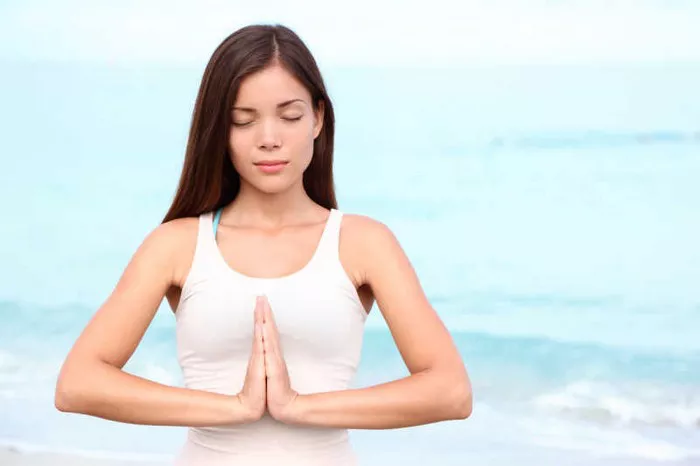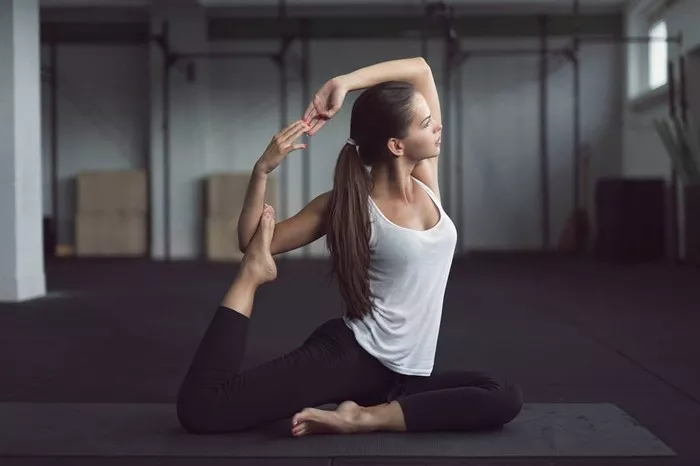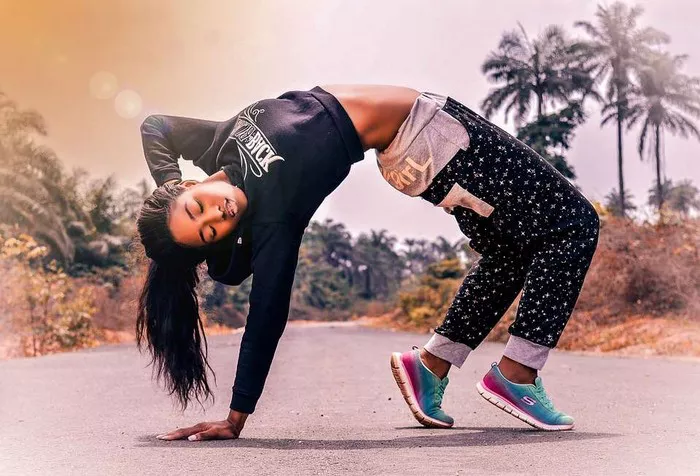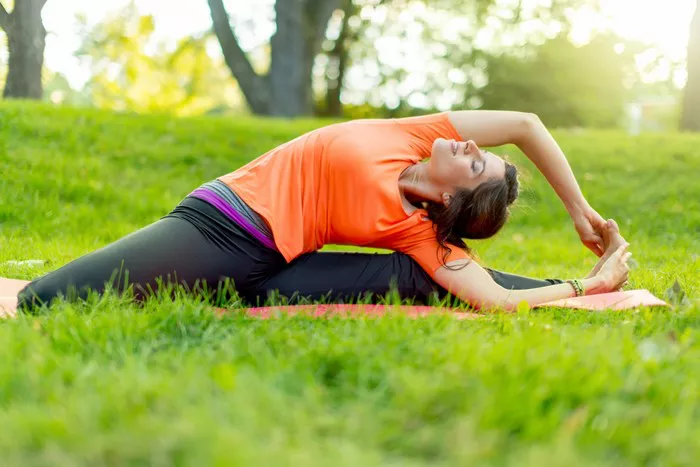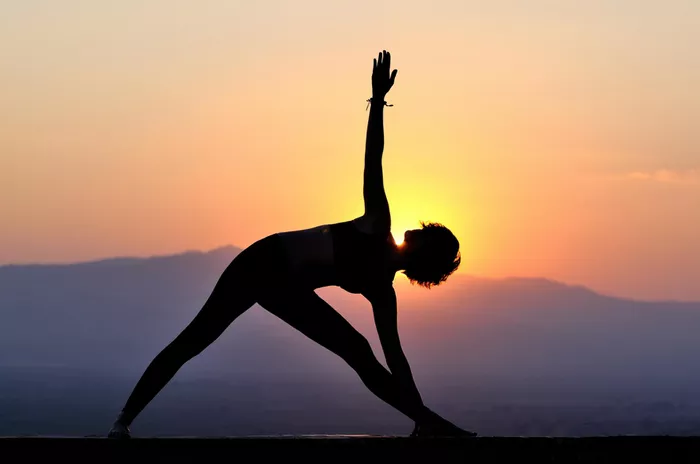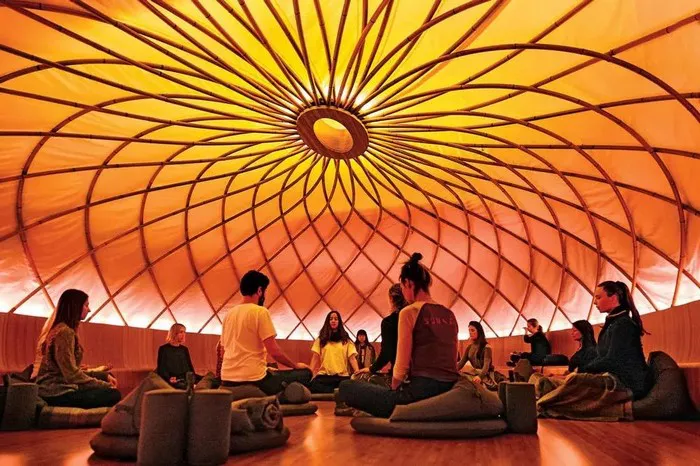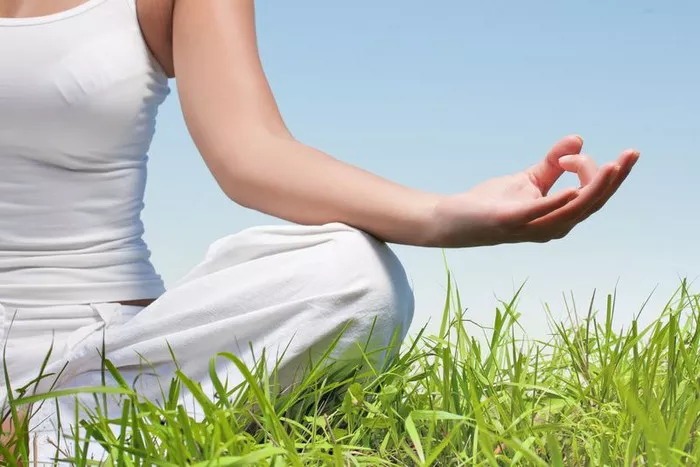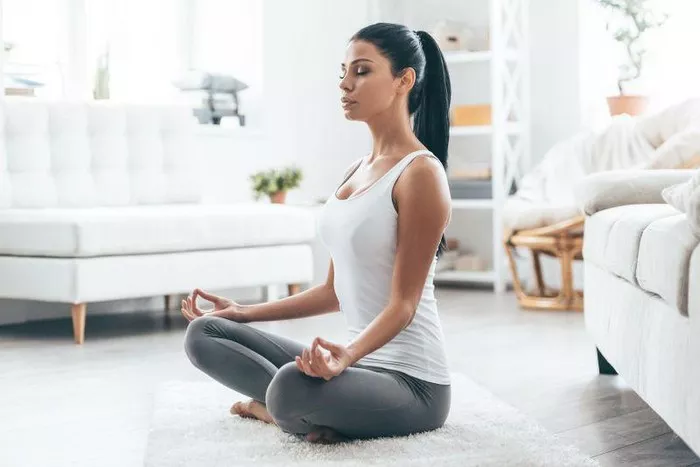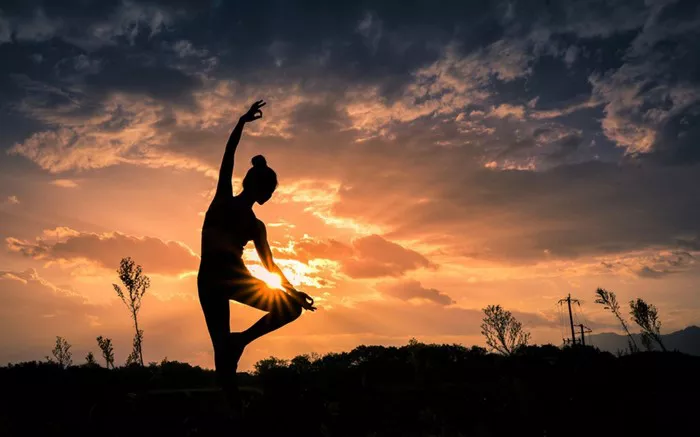As we age, staying active becomes essential to maintaining health, mobility, and quality of life. For individuals over 50, low-impact exercises that support flexibility, balance, and strength are particularly beneficial. Yoga and Pilates are two popular forms of exercise that often come recommended for older adults. While both offer significant advantages, they differ in approach, focus, and technique. Understanding these differences is crucial in choosing the right discipline to suit personal needs, lifestyle, and health goals. This article delves deeply into the comparison between yoga and Pilates to determine which is more beneficial for individuals over 50.
1. Understanding Yoga
Yoga is an ancient practice that originated in India over 5,000 years ago. It combines physical postures (asanas), breathing techniques (pranayama), and meditation to promote holistic health. Yoga is not just a physical workout; it is also a spiritual and mental discipline aimed at uniting the body, mind, and spirit.
There are many styles of yoga, such as Hatha, Vinyasa, Iyengar, and Restorative yoga, each offering different intensities and focuses. For people over 50, gentler forms such as Hatha or Restorative yoga are often recommended. These styles emphasize slow movements, deep breathing, and stretching, which can be highly beneficial for aging bodies.
2. Understanding Pilates
Pilates is a relatively modern exercise method developed by Joseph Pilates in the early 20th century. It focuses on strengthening the core muscles, improving posture, and enhancing flexibility. Pilates can be performed on a mat or using specialized equipment like the Reformer.
Pilates emphasizes controlled, precise movements and often involves fewer repetitions than traditional strength training. The exercises are designed to build a strong and stable core, which can help prevent falls and support the spine—a significant benefit for older adults. Mat Pilates is generally more accessible and widely available, making it a common choice for those over 50.
3. Benefits of Yoga for Adults Over 50
Improved Flexibility
One of the most well-known benefits of yoga is improved flexibility. As we age, our muscles and joints naturally stiffen, which can lead to discomfort and decreased range of motion. Practicing yoga regularly helps maintain and even enhance flexibility, making everyday movements easier and less painful.
Enhanced Balance and Coordination
Many yoga poses require balance and coordination, which are crucial skills for preventing falls in older adults. Poses such as Tree Pose and Warrior III challenge and improve these abilities over time, contributing to better overall stability.
Stress Reduction and Mental Health
Yoga incorporates breathing techniques and meditation, which are effective in reducing stress and promoting mental clarity. This can be particularly helpful for individuals dealing with age-related anxiety or depression.
Joint Health and Mobility
Yoga is a low-impact activity that encourages the use of joints through their full range of motion. This can help reduce stiffness and maintain joint health, especially in individuals suffering from arthritis.
4. Benefits of Pilates for Adults Over 50
Core Strength and Stability
Pilates focuses heavily on strengthening the muscles of the abdomen, lower back, hips, and pelvis. A strong core is essential for good posture, balance, and overall mobility, and can significantly reduce the risk of back pain.
Spinal Alignment and Posture
Poor posture is a common issue as people age. Pilates exercises emphasize proper spinal alignment and teach individuals how to engage muscles that support upright posture. Over time, this can lead to a noticeable improvement in how one carries themselves.
Muscle Tone and Endurance
Pilates routines involve controlled, repetitive movements that build muscle tone and endurance without adding bulk. This is ideal for older adults who want to maintain a lean physique and functional strength.
Adaptability for Various Fitness Levels
Pilates exercises can be modified to suit a wide range of fitness levels and physical limitations. This makes it an inclusive choice for people who are new to exercise or dealing with chronic health conditions.
5. Key Differences Between Yoga and Pilates
1. Focus and Philosophy
- Yoga: Emphasizes a holistic approach to health, integrating body, mind, and spirit.
- Pilates: Concentrates primarily on physical fitness, particularly core strength and posture.
2. Breathing Techniques
- Yoga: Uses various pranayama (breathing techniques) as a central component of the practice.
- Pilates: Employs specific breath control techniques to support movements, but not as an independent practice.
3. Movement Style
- Yoga: Involves static poses held for extended periods, interspersed with flowing sequences.
- Pilates: Consists of continuous, controlled movements with a focus on precision.
4. Equipment Used
- Yoga: Typically requires just a mat, though blocks and straps may be used for support.
- Pilates: May be performed on a mat but often incorporates equipment like the Reformer for added resistance.
5. Mental and Emotional Focus
- Yoga: Integrates meditation and mindfulness as core elements.
- Pilates: While it requires concentration, its primary focus remains physical.
6. Considerations When Choosing Between Yoga and Pilates
When deciding between yoga and Pilates, individuals over 50 should consider several personal factors:
- Physical Condition: Those with joint issues may prefer the gentler movements of yoga. However, individuals with back problems may benefit more from the core strengthening offered by Pilates.
- Fitness Goals: If the goal is to improve flexibility and reduce stress, yoga may be more suitable. For enhanced core strength and posture, Pilates might be a better fit.
- Preference for Mindfulness: Those who value spiritual growth or meditative practices may lean toward yoga.
- Class Availability and Instructor Expertise: The quality and accessibility of local classes can influence the decision. Always choose classes led by certified instructors experienced in working with older adults.
7. Complementary Practice: Why Not Both?
Interestingly, yoga and Pilates are not mutually exclusive. Many people find that combining both practices provides a well-rounded approach to health and fitness. For example, one might attend a yoga class twice a week for flexibility and mental well-being and a Pilates class twice a week for core strength and posture improvement.
This combined approach allows individuals to reap the benefits of both disciplines while minimizing the weaknesses of each. It also adds variety, which can help maintain long-term interest and commitment.
8. Safety Tips for Practicing Over 50
Regardless of whether one chooses yoga, Pilates, or both, safety should be a top priority:
- Consult a Healthcare Provider: Always get medical clearance before starting a new exercise regimen.
- Start Slow: Begin with beginner-level classes and gradually increase intensity.
- Listen to Your Body: Pain is a signal that something may be wrong. Avoid pushing through discomfort.
- Stay Consistent: Regular practice yields better results than sporadic sessions.
- Use Modifications: Don’t hesitate to use props or modified poses/movements.
9. Testimonials and Real-Life Experiences
Many individuals over 50 report life-changing benefits from practicing yoga or Pilates. For instance, Margaret, 62, began practicing Hatha yoga to alleviate stress and found that her chronic neck pain significantly diminished. On the other hand, Tom, 58, credits Pilates for improving his posture and relieving lower back pain that had plagued him for years.
Hearing stories from peers can be encouraging and help individuals make more informed decisions. Most find that the best practice is the one they enjoy and can maintain consistently.
Conclusion
So, which is better for those over 50—yoga or Pilates? The answer depends on personal goals, physical condition, and preferences. Yoga offers a well-rounded practice that supports flexibility, stress reduction, and spiritual wellness. Pilates excels in building core strength, enhancing posture, and supporting functional mobility.
Ultimately, both yoga and Pilates are excellent choices for maintaining health and vitality after 50. Choosing one does not exclude the other, and incorporating both into a fitness routine may offer the most comprehensive benefits. The most important factor is to stay active, listen to your body, and select a practice that you enjoy and can stick with in the long run.
Related Topics:

